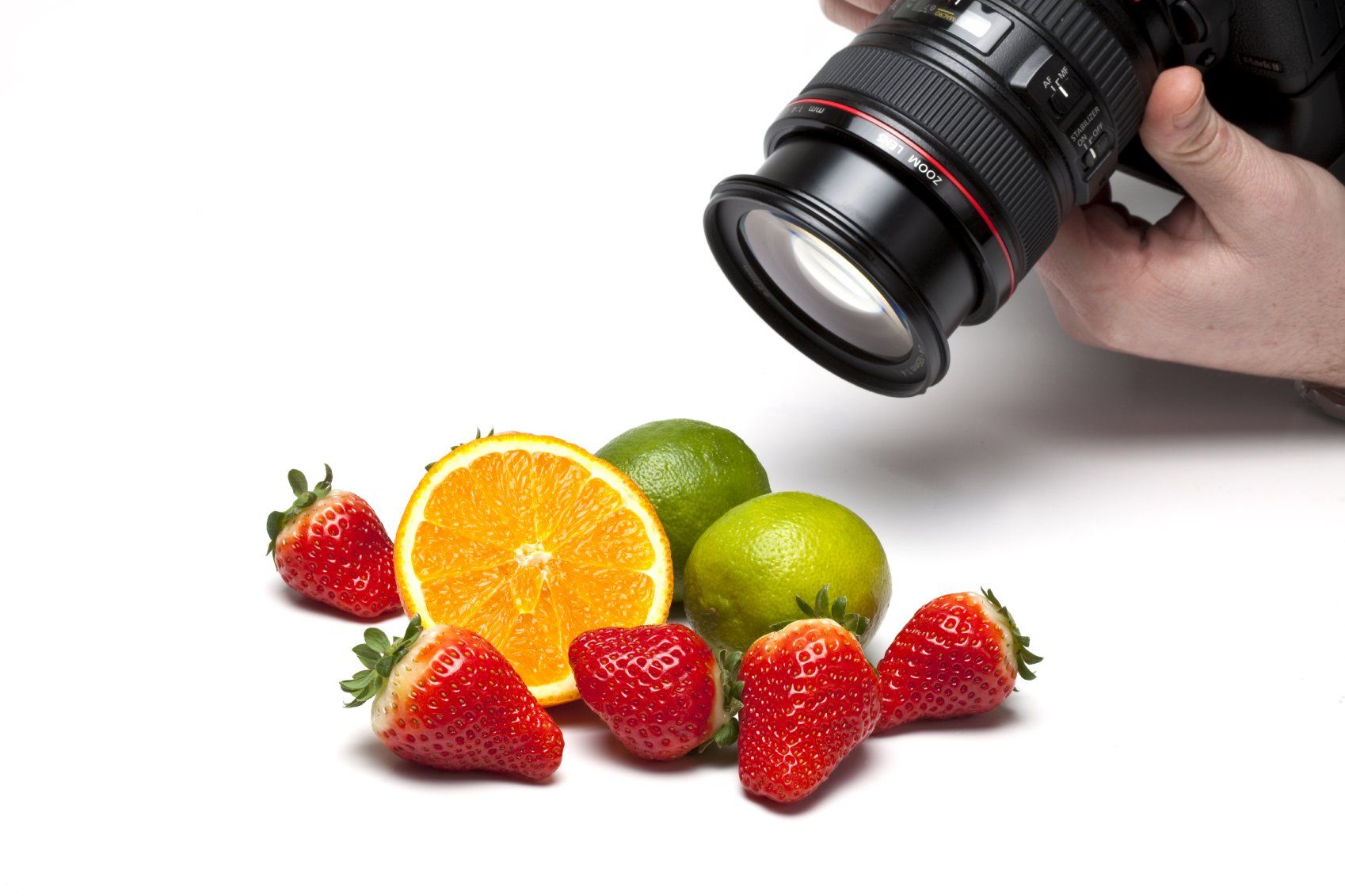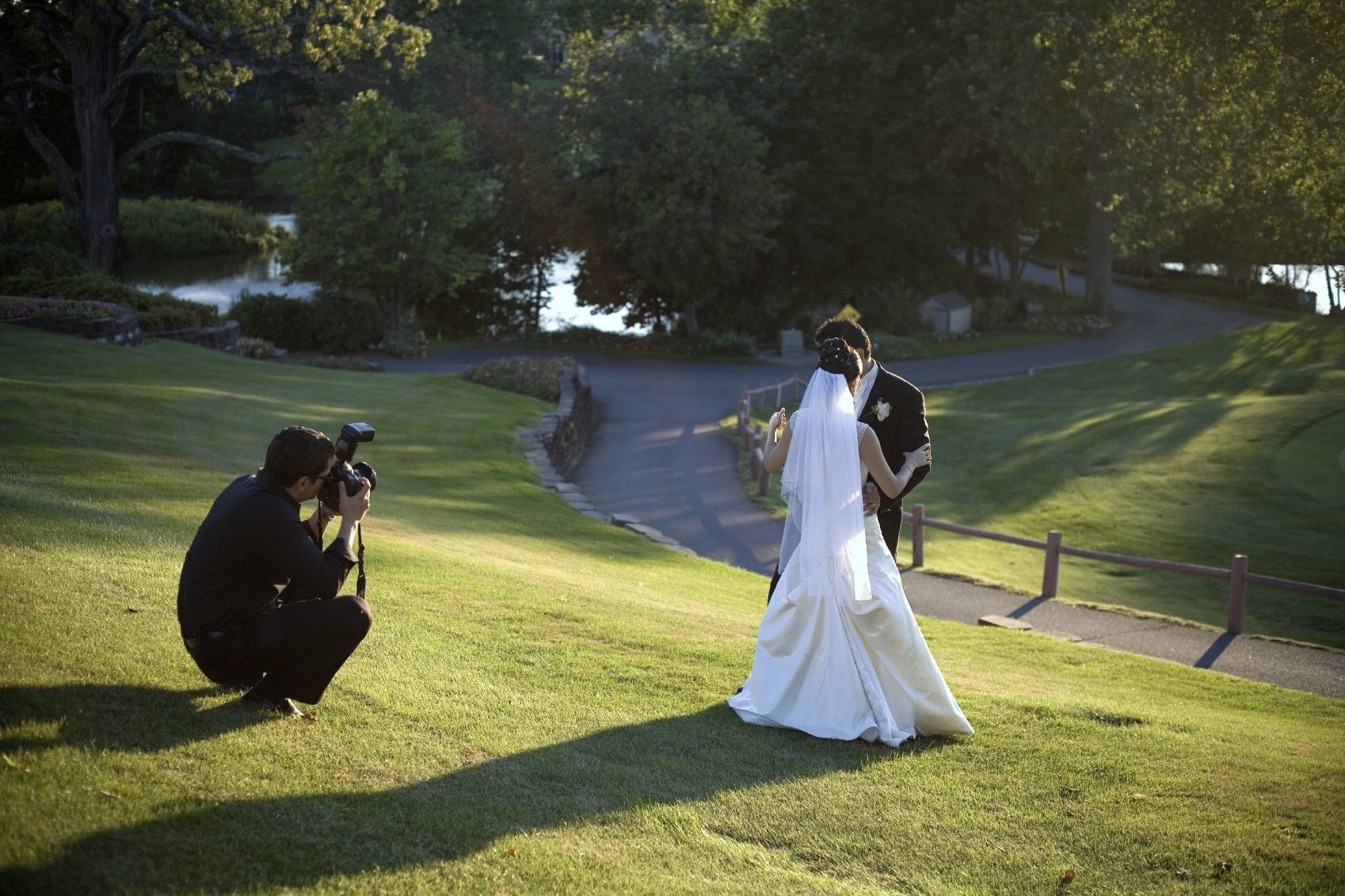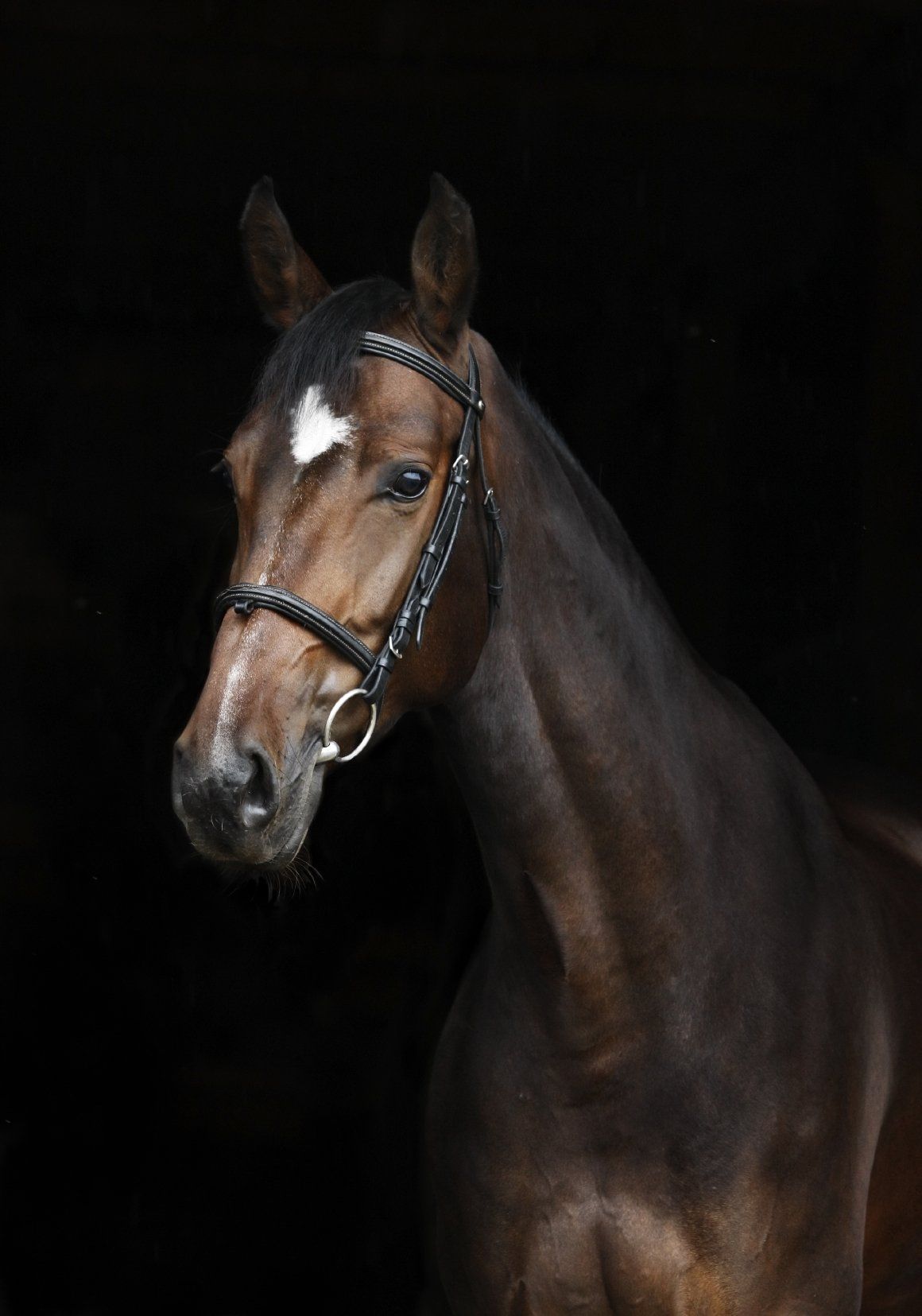Commit to Lifelong Learning
"perpetuam uitae doctrina!"
"Live as if you were to die tomorrow.
Learn as if you were to live forever." Mahatma Gandhi.

Photography Composition
Enrich Your Life! We are here to point you in the right direction and cheer you on.

To learn more about photo composition, consider researching some classic rules such as the Rule of Thirds, leading lines, and other tricks of the trade.
When it comes to camera lenses, it's important to find the right lens for your needs. If you're looking for budget cameras, look for models that come with interchangeable lenses so that you can buy additional lenses as needed. This will give you the flexibility to try out different types of photography such as portrait, landscape, and wildlife photography.
Lastly, if you want to make money with photography or just have fun with it, composition is something you must master. Composition will help you create beautiful photos that people want to buy.
With practice and dedication, you can create amazing photos that people will love!



A Balance of Art and Science: Photography Composition Tips
The art and science of photography composition is a tricky balancing act. It takes a combination of technical skill, an eye for design, and an understanding of the principles of composition to create beautiful photographs. Whether you’re a professional photographer or just beginning your journey in the craft, mastering the basics of photography composition can help you to create stunning images.
On this page, we’ll explore the art and science of photography composition, and provide some tips to help you make the most of your images.
